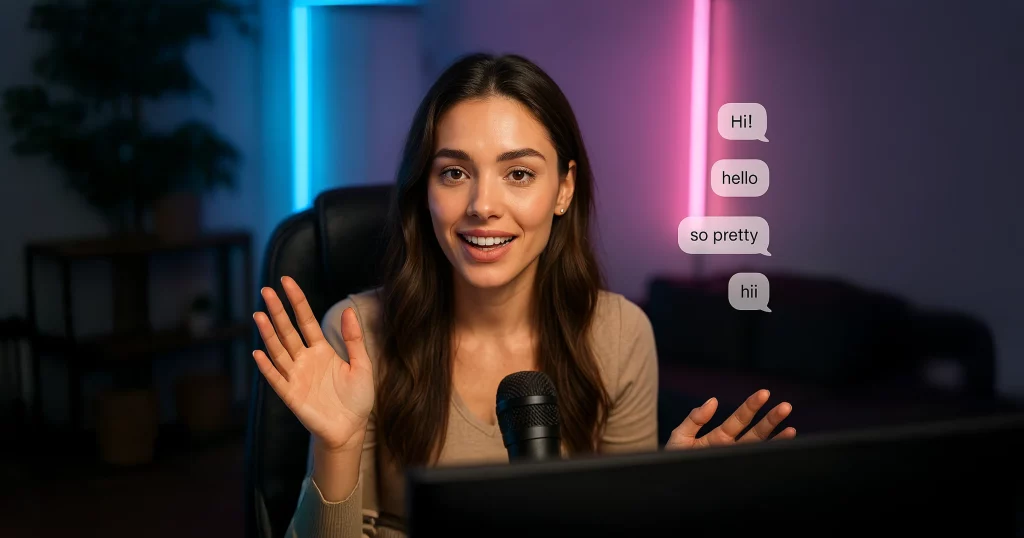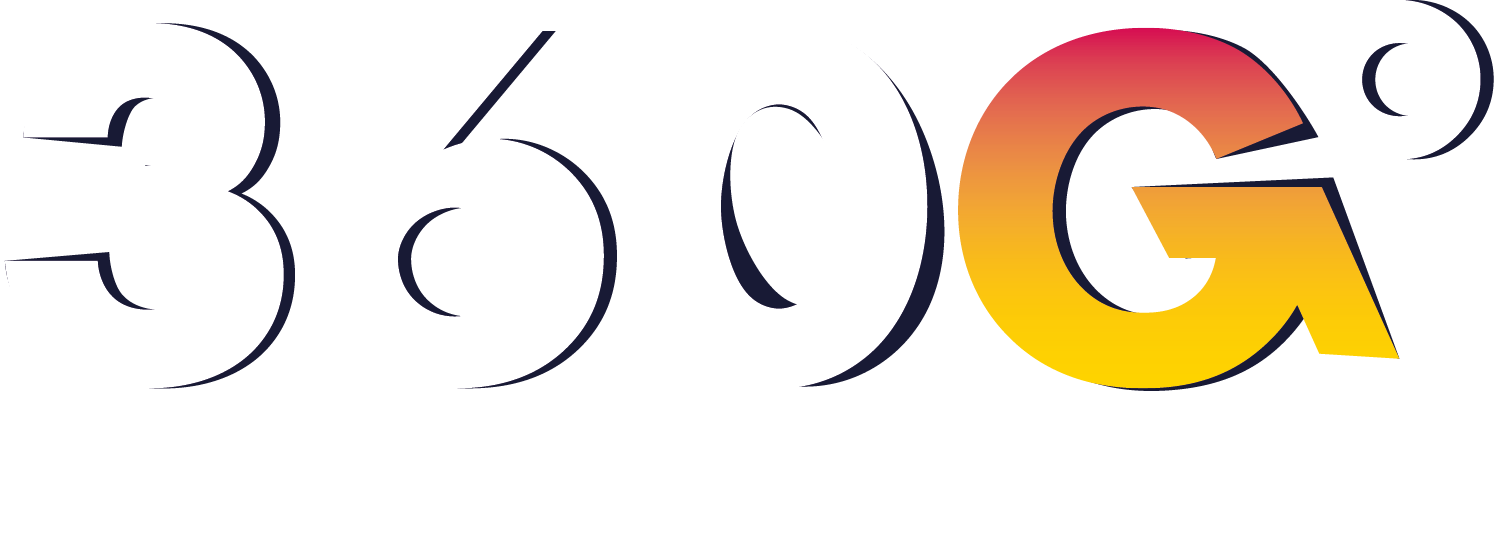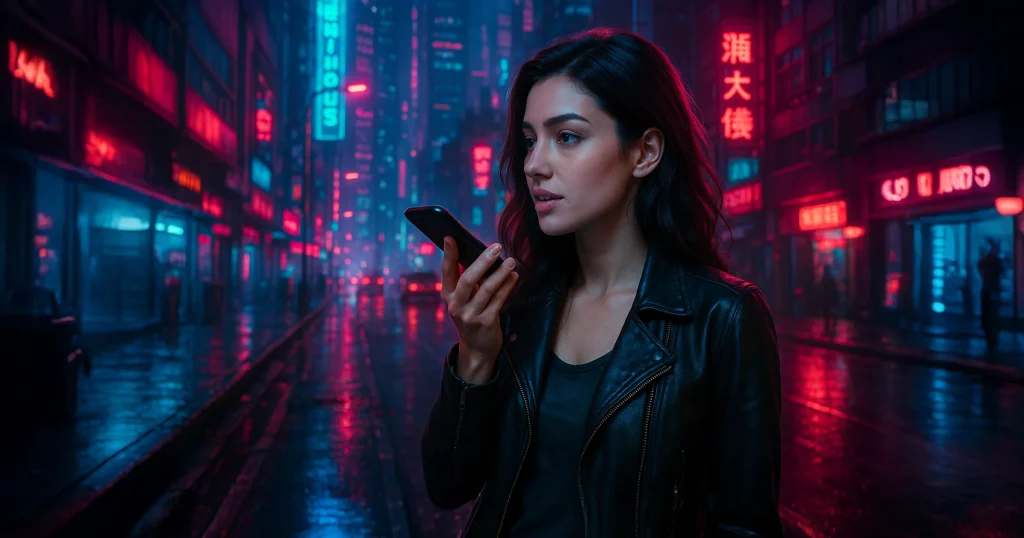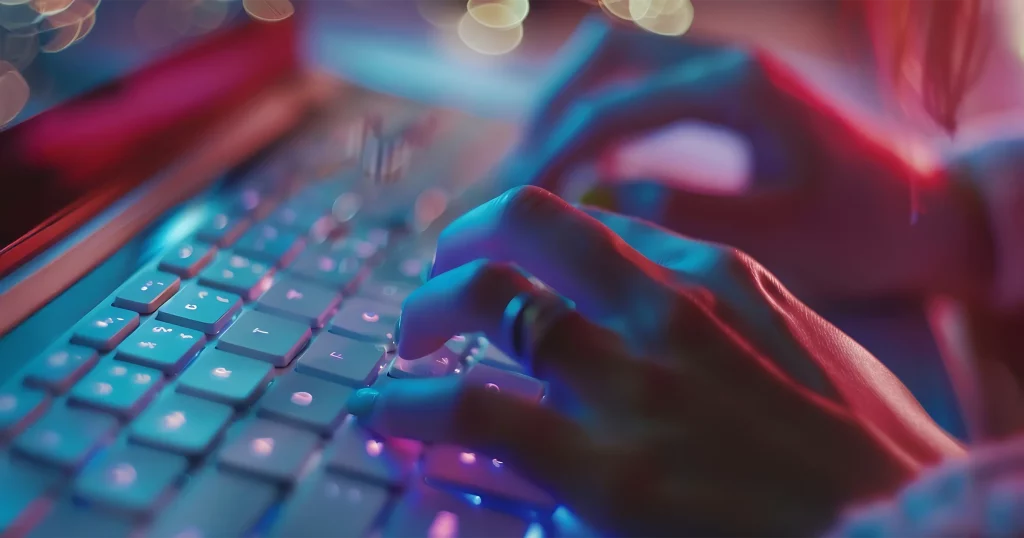Marketing teams are staring down a crossroads: AI-generated avatars can now pump out hundreds of brand-safe videos for the price of a single human post, yet audiences still crave creators they can trust. In 2025 the smartest brands aren’t choosing one or the other—they’re blending synthetic speed with human sincerity. Below, we unpack where AI avatars already win, where flesh-and-blood influencers still dominate, and how to build a hybrid playbook that protects ROI and authenticity in equal measure.
1. What Exactly Is an “AI Avatar”?

“Can you tell if this woman is real? 🤔
Surprisingly, she’s not. She’s 100% AI-generated — and almost impossible to distinguish from real influencers. The future of content is here, and it’s unbelievably real.
AI avatars are deep-learning models that mimic human appearance, voice and gestures in video, photo or chat. TikTok’s new Symphony Avatars let a brand upload a head-shot and script; minutes later they get a polished short-form video featuring a digital twin that auto-dubs 30 languages. Meta’s AI Studio takes a different tack, allowing creators to clone themselves so a chatbot version can answer fan DMs 24/7.
Rapid Uptake
- TikTok says early beta brands cut production time by 75 % and cost by 50 % compared with standard influencer shoots.
- Tools like Synthesia or Creatify charge under $1 K to generate an evergreen avatar, after which unlimited videos cost pennies apiece.
2. Why Brands Love (and Fear) Synthetic Creators
| Advantage | Details | Watch-Out |
|---|---|---|
| Cost & Scale | Mid-tier human influencers now average $5 K per Instagram post; an AI avatar can crank out 20 localized versions for the same spend. | Over-use creates content fatigue and devalues perceived effort. |
| 24/7 Multilingual Reach | TikTok avatars auto-translate lips and voice in 30+ languages, solving a pain point for global campaigns. | Mistranslations or cultural nuances can backfire without human QA. |
| Zero HR Risk | Avatars don’t get caught in scandals or miss shoots. | Regulators now mandate “clear labeling” of synthetic media on TikTok and Instagram. Opaque disclosure invites fines and erosion of trust. |
Engagement Reality Check
Average Instagram influencer engagement slid to 1.59 % in 2024 and is projected to fall further this year. That makes brands hungry for cheaper reach—but audience studies still rank authenticity as the #1 driver of purchasing intent.
3. Human Influencers: Still the Conversion Kings
Despite rising costs, the human touch delivers:
- The global influencer market will hit $32.55 B in 2025, up 35 % YoY.
- Kylie Jenner generated the most earned-media value across all four fashion weeks, proving marquee influencers still move culture at scale.
- AI – generated travel influencer “Radhika Subramaniam” debuted with buzz, but early brand tests show her engagement is 40 % lower than comparable human micro-travelers, largely due to “trust gaps” noted in comments.
Persistent Pain Points
- Fraud: up to 22 % of influencers inflate followers with bots, costing brands $1.3 B annually.
- Burnout: creators juggle content quotas across five+ platforms; missed deadlines spike during peak seasons, delaying campaigns.
4. Head-to-Head Scorecard (2025 Edition)
| Criterion | AI Avatars | Human Influencers | Winner |
|---|---|---|---|
| Production Cost | $0.05–$0.50 per rendered sec after setup | $0.25–$10 per follower per post (mid-tier) | Avatar |
| Turnaround Time | Hours | Days–Weeks | Avatar |
| Engagement Trust | Lower; novelty high, authenticity questioned | Higher when niche-aligned | Human |
| Regulatory Risk | Disclosure infractions, deepfake misuse | Fraudulent followers, FTC endorsement rules | Tie |
| Localization & Scale | 30+ languages auto-dub | Must hire regional creators | Avatar |
| Storytelling Depth | Scripted, limited improvisation | Real-time creativity, live Q&A | Human |
5. The Hybrid Future: Digital Twins & “Co-Creators”
Meta now lets influencers license an avatar-chatbot that maintains their persona during off-hours, effectively “cloning” their hustle. Brands like Nike test twin strategies: the athlete records a hero spot, while their AI twin personalizes follow-up Reels in ten languages—doubling retention for 1/3 the budget, according to early agency case studies.
Build Your 2025 Playbook
- Map Funnel Stages – Use AI avatars for top-funnel awareness bursts; reserve human influencers for mid-funnel trust-building and live events.
- Demand Disclosure – Ensure “AI-generated” labels per platform policy to avoid shadow-banning.
- Pilot, Then Scale – A/B-test avatar vs human content on identical audiences; track CPM, watch-time, and add-to-cart rates, not vanity likes.
- Blend Creatively – Let real creators voice-direct their avatars; audiences respond 18 % better to “creator-approved” digital twins than to anonymous synthetics.
6. Key Takeaways for 360G Clients
- Cost & speed crown avatars—ideal for rapid-fire, multi-language campaigns.
- Authenticity & deep storytelling still belong to humans—especially in high-consideration niches.
- Winning teams fuse both—deploying avatars as scalable amplifiers while human creators anchor brand trust.
Adopt the hybrid model now, and you’ll spend 2025 converting faster while your competitors debate whether the future is real or rendered.




